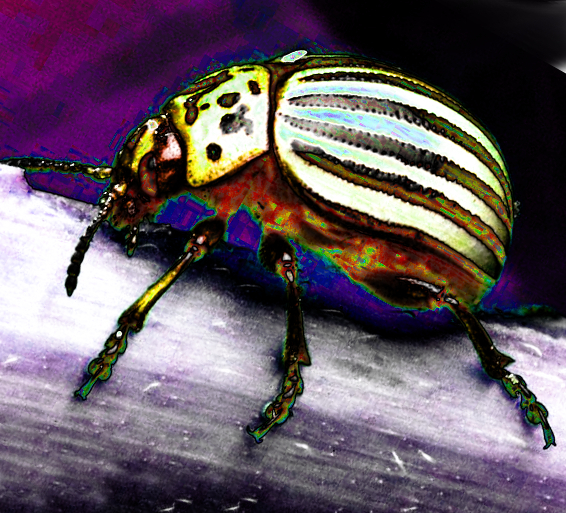New motif taken from nature
 Animal exoskeletons are being modelled to develop new construction materials.
Animal exoskeletons are being modelled to develop new construction materials.
Researchers from Monash University have discovered a new design motif derived from the rigid external covering of invertebrates, which may help create more damage-tolerant materials for building and construction.
The new pattern, adding to the eight known and common biological structural design patterns, can add a high strength motif to commonly used building materials such as composites and cement, and may help reduce carbon emissions.
The research team replicated the design motif in cement material, one of the most consumed construction materials in the world.
They adopted a 3D-printing technique combined with nanotechnology and artificial intelligence (AI) to fabricate a lightweight cement composite which adopted this segmental design motif, demonstrating a superior load-bearing capacity and a unique progressive failure pattern.
Since the 1972 discovery of the helical structure, one of the most common structural patterns in biology, there has been a drive to extract design motifs from more than 7 million living species in the world to aid the fabrication of structured/structural materials.
After almost 50 years of research, remarkable repetitions have been confirmed in most classes of species but only eight categories of design motifs have ever been extracted and adopted in materials design, until now.
The new design structure has been identified in various species such as the exoskeletons of arthropods, the legs of mammals, amphibians and reptiles.
These design motifs are valuable sources of inspiration for modern materials design and aid the fabrication of structural material.
“We demonstrated the application of this design motif in producing a high strength, damage tolerant lightweight cement material,” says Professor Wenhui Duan from the Department of Civil Engineering at Monash University.
“Compared to the current design motif, our segmental design motif dissipates the energy by segment rotation.
“The beauty of our discovered design motif is that the material can exhibit a unique periodic progressive failure behaviour.
“It means we can contain the damage within a particular region of material, while the rest of the structure can still maintain the integrity and most (around 80 per cent) of load-bearing capacity.
“In addition, this design motif can also be applied to various materials such as ceramic, glass, polymeric and metallic materials for advanced materials design, energy storage/conversion and architectural structures.”
More details are accessible here.







 Print
Print